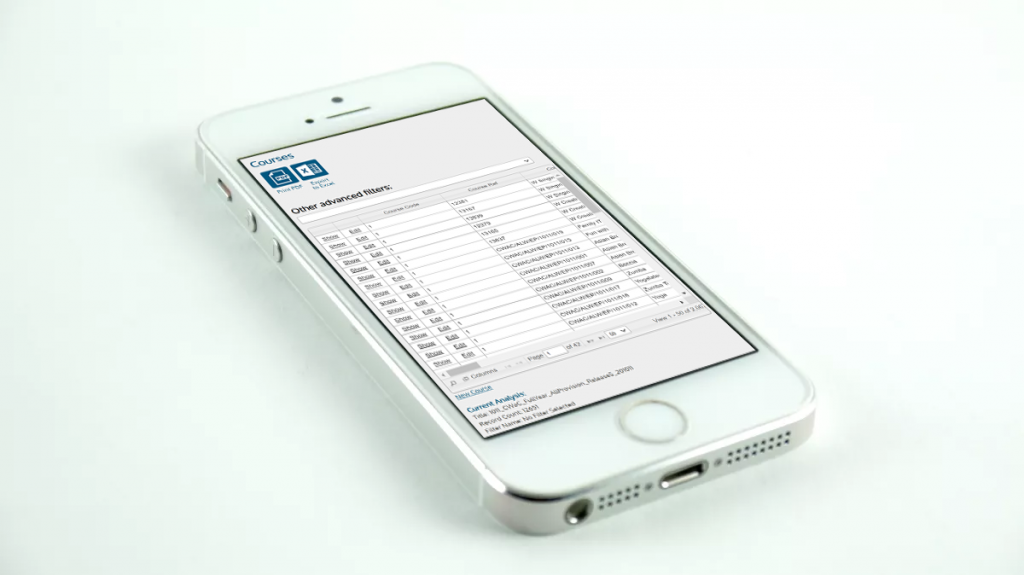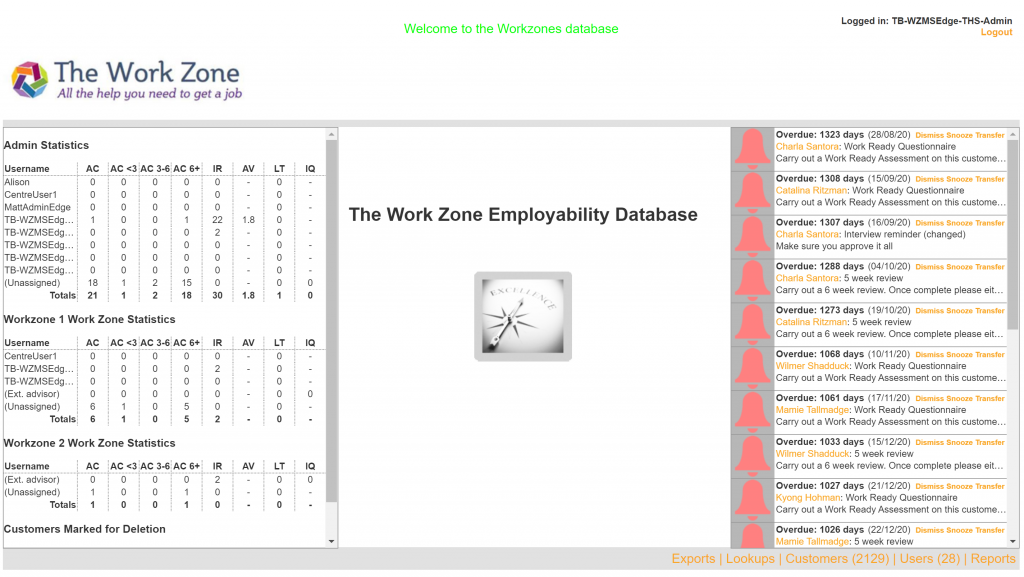02/11/2020 (From the archive – first published 28/09/2019)
The Future of Software: Fast, Intuitive, and Seamless
Instant Startup and Seamless Connectivity
In five years, I envision software that is incredibly fast, easy to navigate, and intuitive to use, with clever, simple touch gestures. It will be cloud-based, dynamic, visually appealing, and innovative. But what does all of this mean?
When I power on my computer in the future, I expect it to start up instantly—similar to how quickly an iPad boots, or like the instant startup experience Mac users enjoy. My computer should be immediately connected to a fast internet connection, with all my apps accessible right away.
The Evolution of Apps: Growing and Phasing Out
The app revolution will continue to expand, but it may also start to phase out. Running apps today can be cumbersome. If you have many installed, finding and opening them can feel like a hassle. Personally, I’ve created a system on my Windows machine using keywords in the Run dialogue to quickly launch apps. While it works for me, it’s not the most intuitive approach for everyone.
In five years, I want to open an app and have it load instantly. The interface will be sleek and thoughtfully designed, using simple but innovative elements to convey complex information. Controls will be dynamic, reacting immediately to touch or interactions. While the mouse and keyboard will remain essential, touch integration will continue to improve. However, I don’t believe voice or gesture-based controls will dominate in office environments any time soon.
Rethinking the Web Experience
Currently, the web experience can be confusing and disjointed. For example, clicking a link in Gmail opens a new website in a separate tab, disrupting the original app context. While this works for Gmail, other web apps can interrupt workflows and leave users feeling disoriented.
On platforms like the iPad’s Facebook or Gmail app, clicking a link opens the webpage within the app itself, keeping users in the same context. I see this approach extending to the web—each web app will have its own dedicated interface that maintains user context rather than launching separate browser tabs.
The Future of Web-Based Apps
Imagine a desktop similar to today, with various app icons and shortcuts. When you open an app, it will load quickly, functioning as a self-contained web app—without the traditional browser interface. These apps will be powered by dynamic HTML5+ and will feel just like native applications.
The web will remain a powerful medium for delivering software, particularly for business and information management tools. By removing the traditional browser interface, we can provide a smooth, engaging experience like that of an iPad while retaining the benefits of the dynamic, modern web.
Why This Approach is Better
Instead of simply adding shortcuts to web apps, this model forces developers to prioritise user experience. It provides a more intuitive, less technical interface, reducing user errors. It integrates web applications seamlessly into the operating system’s navigation, eliminating the need to learn both browser and OS navigation systems. It also allows web developers to market their services as distinct apps, offering clearer differentiation between digital tools.
A Future Driven by Dynamic Single-Page Applications
I believe this transition will unfold over the next five years. As we continue developing with this vision in mind, we move towards a future where single-page web apps with dynamic client-side processing take centre stage. By integrating more dynamic interaction, we’ll be one step closer to experiencing the software of the future.
Let us know if you’d like a demonstration!



